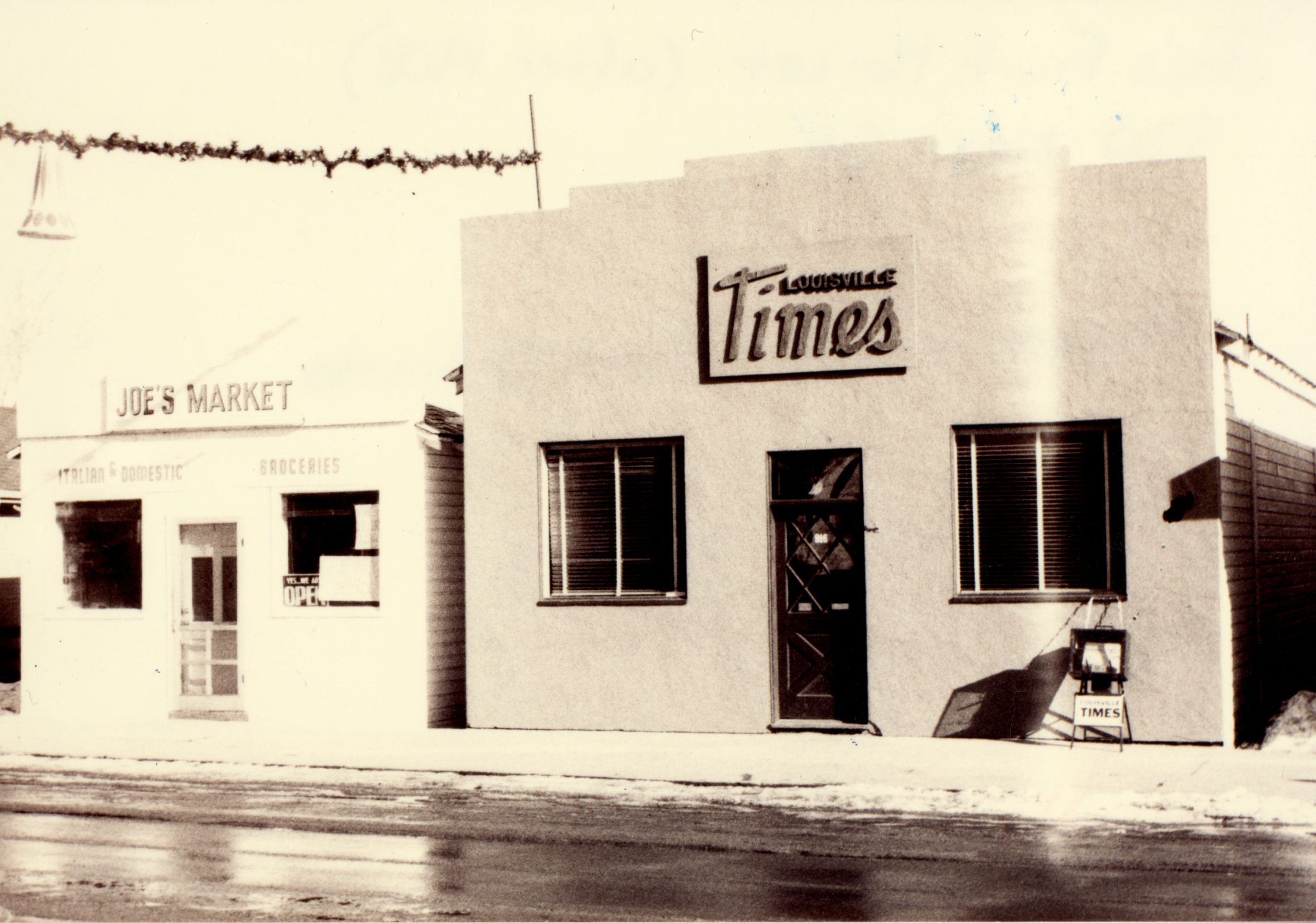
Boulder County has changed a lot over the past three decades. There are almost 100,000 more people than there were in 1994, the year Boulder Weekly came on the scene.
We’ve done our best to document this evolving community. But to get the real scoop, we went straight to the experts: readers like you.
Boulder Weekly asked people from across the county to answer questions about how their towns have changed. Their responses, edited for length and clarity, follow.
What has changed most about your town since you’ve lived there? What has changed the least?
What sort of change do you predict for the future? Is there anything in particular you’d like to change that hasn’t yet?
Lafayette
Answers by Karen Norback, 37-year resident
The size of Lafayette has changed the most. When I moved here, there was no Indian Peaks or South Pointe, no Exempla Hospital or Kaiser Permanente, no Bob Burger Recreation Center, no golf course, no Walmart, King Soopers, Sprouts or Natural Grocers. The police department and the library were both in City Hall and the fire station was in what is now the WOW Children’s Museum and was all volunteer.
Despite the growth in Lafayette and our surrounding communities, we have still managed to hang on to a bit of a rural feel due to our community’s commitment to preserving open space by purchasing land paid for via sales taxes. In survey after survey, our open spaces and wildlife continue to rank as one of the top reasons people love Lafayette.
I hope it’s not a prediction, but I worry about gentrification in our Old Town. Too many of the miner’s cottages and outbuildings are disappearing, replaced with much larger houses that seem to fill the entire lot and loom over their neighbors. Although our downtown on Public Road is seeing a lot of new life, I hope it doesn’t lose its funky character and become too high end. We take pride in being an inclusive and diverse community, and I hope we don’t price out many of the people who contribute to that identity.
Longmont
Answers by Erik Mason, 25-year resident and Director of the Longmont Museum
Our parks, trails, recreation and cultural facilities have all had major upgrades. The trail system has gone from disconnected segments to a network of trails across the city; we have a full-service recreation center and a purpose-built museum with an elegant 250-seat auditorium. Downtown has revived and has a variety of restaurants and fun shops.
Not long after I came here, Longmont’s population was predicted to be at full build-out at around 100,000. We recently passed that milestone, and growth continues — now more vertical than horizontal. [However] Longmont is still a small enough community that you are likely to see someone you know at a cultural event or the farmer’s market.
Longmont remains a very car-oriented community. I’d love to see a stronger transit network, and more emphasis on pedestrian-oriented design, to make Longmont a more walkable place.
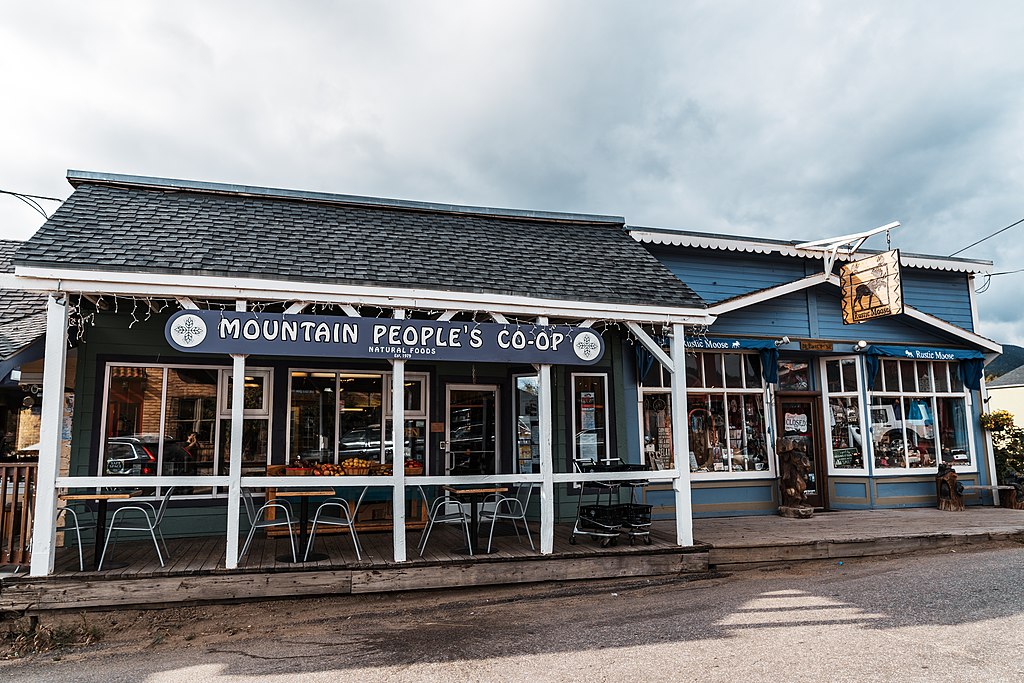
Nederland
Answers by Audrey Gebhardt, five-year resident and two-year business owner (Decent Bagel, 95 E. 1st St., and Sweet Sue’s, 35 E. 1st St.)
We’ve seen a huge influx in young families moving into Nederland, and a bunch of fresh-faced businesses open as a result. We’ve also noticed the town has shifted a lot from crunchy hippie music town to more outdoor adventure sport/athletic focused. The constant sunshine and everyone’s desire hasn’t changed!
I think the town is going to become a lot more accessible for kids as more people begin raising families here; we’ll see safer sidewalks and more kid-friendly spaces. There are already plans for more preschools and childcare facilities in town. What I’d love to see is for the town to pass the redevelopment plans that have been proposed for 1st Street — our “Main Street” — because, as a business owner that rents two of the very very old buildings that were built by miners a hundred years ago, I can say for sure that everything would be more functional and efficient in a newer building!
Superior
Answers by Mark Lacis, mayor
Superior is growing. We have been building out Downtown Superior, which is adding nearly 1,400 homes, parks, a Main Street with shops and restaurants and community space. It’s a huge project that has been under construction since 2015, and we’re finally starting to see the light at the end of the tunnel. This year, we’ll welcome our first businesses along Main Street and start to see the area truly come alive.
Superior is recovering. Following the devastation of the Marshall Fire, where we lost nearly 400 homes just two years ago, already 40% have been rebuilt and another 35% are under construction. This recovery is moving faster than anyone expected, which is a testament to Superior’s resiliency.
Despite its growth and the damage from the Marshall Fire, it’s still a tight-knit community with a small-town feel. You can really get to know your neighbors here and the sense of community is strong.
Completion of Downtown Superior and the Marshall Fire recovery will be two huge milestones for our Town. We’re also in the midst of drafting a Home Rule Charter which we’ll be voting on this coming November.

Erie
Answers by Shavonne Blades, publisher of Yellow Scene magazine and resident since 1990
Erie went from 500 homes, 1,200 people, dirt roads, two bars, a few churches and one restaurant. It was a forgotten old mining town east of Boulder. My friends in Boulder often didn’t even know where it was. The Hometown Parade used to be no bigger than a block long; now it’s blocks and blocks and blocks.
Today, Erie sports a number of four-star restaurants, a farmers market, the streets are paved and the homes expensive. My son’s dad bought his home for $65,000 in 1980. Today, that house is worth around $500,000. I could not afford my own home today.
Erie has a median income of $140,000 today. It was close to $30K when I moved here. There are 8,500 homes and the population is 97% white. It used to be close to 30% Hispanic, but when you build 8,000 new homes, it’s gonna change the demographics. Plus, a lot of Old Town people moved away.
The town is expected to grow to 70,000 people in the next 7-10 years. We just passed a Home Rule Charter. We are building a Town Center which will bring shopping to the center of town instead of just on the edges.
Erie is working to bring affordable housing, which is also objected to by a few residents (but not the majority). They are struggling with Weld County Commissioners so have to work with Boulder County.
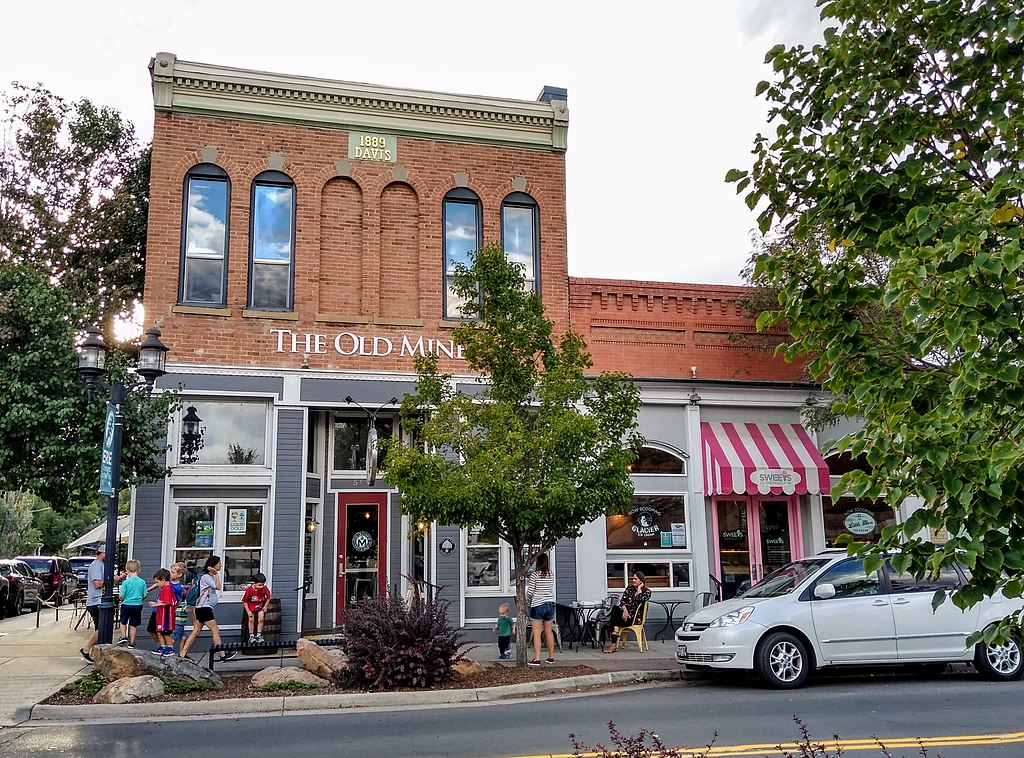
Erie also brought Being Better Neighbors into existence, which hosts Erie Juneteenth, Erie Pride and Erie Hispanic Heritage Day. Erie has one of the best police departments in the state; back in the early days, the police chief got busted for insurance fraud. Erie votes 68% Blue today, whereas it used to be more old-time conservatives.
I hope that Erie continues on the path of being a welcoming, inclusive place that looks out for its residents. That we realize our goal of making Erie a welcoming place for all incomes.
Gunbarrel
Answers by Kyna Glover, resident since 1988
[What has changed the most is the] increase in traffic and so much less agriculture and livestock in the area. We had few stoplights between our home and Boulder. I could drive into the City of Boulder (I worked on the Pearl Street mall) in 8-9 minutes. And the speed limit was higher with fewer residential areas. It now takes nearly 20 if you hit the lights just right.
I used to pass cattle, llama, bison and horse farms all along Jay Road. Most of these are gone.
The incredible view of the Foothills and higher peaks [has changed the least]. The open space surrounding our area with trails and wildlife. We have the feel of a small town just outside Boulder. Kids still walk or bike to school. Also, this area has remained amenable to young families as the population turns over. We have an elementary school here and also homes are a bit more affordable than in the City of Boulder.
I’m fearful that Boulder will continue to spread upward and outward — higher buildings, more people — without planning for upgrades to the infrastructure.
Answers by Dawn Beck and Gerard Gatz, residents since 2021
What has changed most about Gunbarrel, is that younger families, with kids and dogs, have moved into our neighborhood. We love that!
What has changed least about Gunbarrel is that we still don’t have any GREAT restaurants. We like Aperitivo and Avery, but would love good Italian and Mediterranean restaurants.
What sort of change do we predict (or like to see) for the future? Some great restaurants, food trucks, and other local fun musical events.
Lyons
Answers by Jerry Johnson, 34-year resident
My mother, LaVern, moved to Lyons with her family when she was 6 months old. She lived in her beloved Town of Lyons for the next 94 years until her passing in May 2022.
A few families were able to rebuild their homes after the 2013 flood. Many were not financially able to rebuild, so we permanently lost several long-time families. A vote to build low-income housing on town property a couple of years later was unfortunately voted down.
After 10 years, some low-income housing has finally been built after the Town was able to purchase land for its development. Town officials were also able to secure millions of dollars in grant money over the years to help the Town of Lyons recover from the devastating flood of 2013. Volunteer workers from Lyons were helped by many other volunteer organizations throughout the country in rebuilding the Lyons community.
Lyons has had many trials and tribulations over the years, but I would not want to live anywhere else!
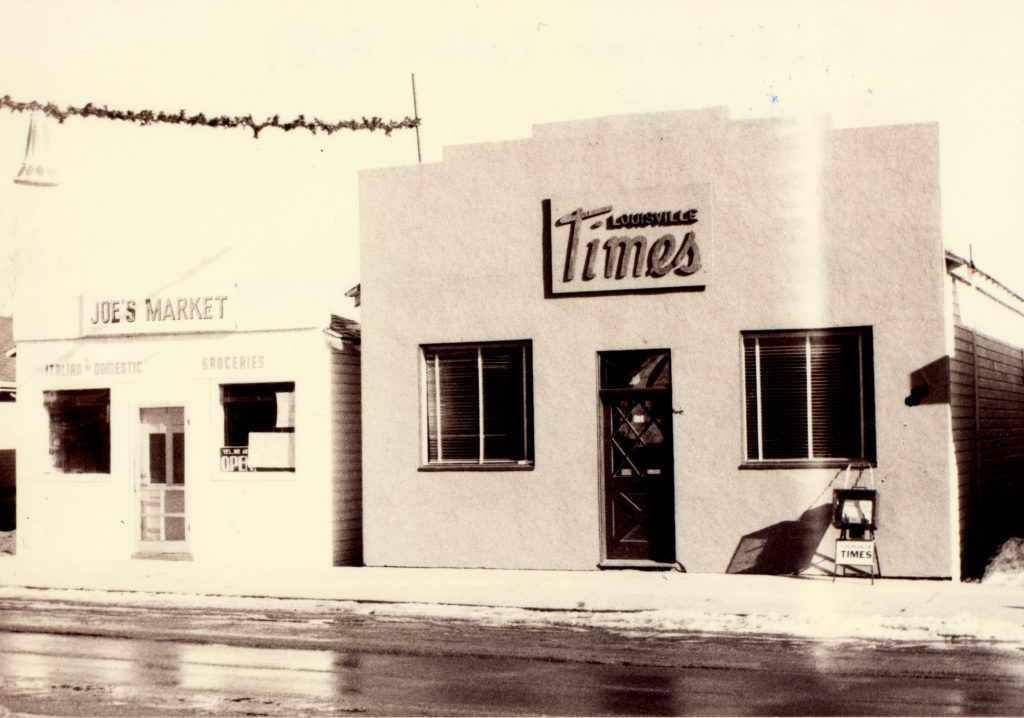
Louisville
My husband got a teaching job at the middle school. We were just coming back from Australia after living there for a year and a half. I live in a cabin that was built by a coal miner in 1942.
To me, what’s changed the most is growth and affordability. It’s the out-of-towners buying properties, demolishing them and then rebuilding them. I would like to see replacement homes reflect the architecture of the neighborhood. Old Town still needs to look like Old Town — not Old Town with some two-story, fill-the-lot homes.
— Jean Morgan, resident since 1971
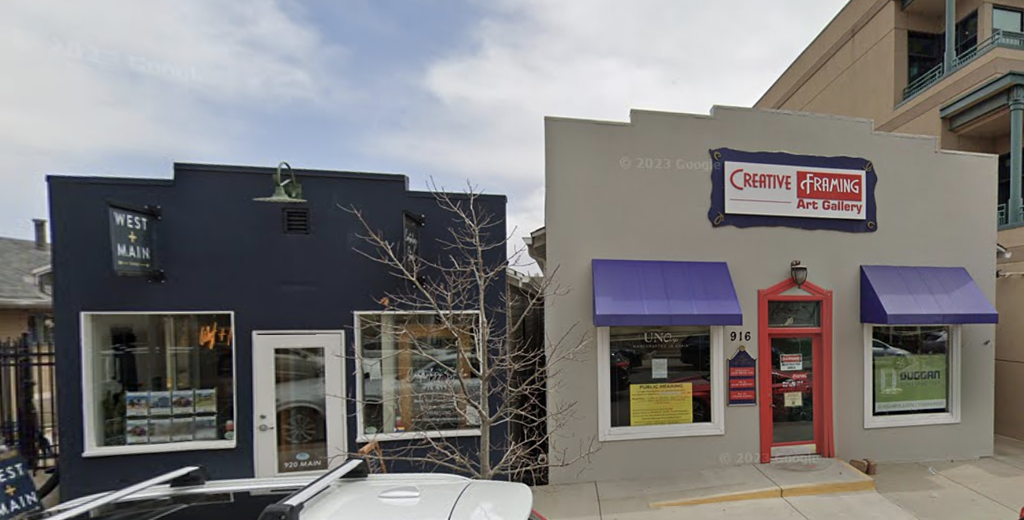
My great-grandparents moved here in the 1880s. They were miners. They came here from England. They lived on Pine and Lafarge.
When I was a girl, there were no toilets in the houses in Louisville. You had to use the outhouse. Also, there were no street signs. None of the streets were paved. This is back in ’37 to ’42. The only outside toilet left is at my great-grandfather’s house.
The buildings downtown seem to stay the same as they were throughout my early girlhood. We used to have a grocery store downtown on Main Street. The man who owned the property decided he had to have a bank there, which is now empty. I would like that to go back to the way it was, a nice little grocery store.
I would like to have the town go back to the way it was. Anything I want to happen in Louisville will not happen. It’s already happened.
— Barb Stahr, 70-year resident
We no longer have the train whistle whistling in our neighborhood. They took the train whistle away from people like me that have enjoyed it over the years. I could tell the time by the whistle. During WWII, we could tell if a troop train was coming in. My little cousin had a little Army outfit on. They would throw candies and fruit to us.
— Barb Hesson, 82-year resident
How can you answer this question without considering the Marshall Fire? It’s been devastating for those who lost their homes, but maybe more so for those that live close but suffered smoke damage and are fighting insurance companies for anything, let alone everything. That’s a story in itself. The recall election of Maxine Most was disheartening and will stifle discussion and progress in the council at a key point in the town’s history.
Historic Louisville is slowly becoming just another Denver bedroom community. The city is full of smart, opinionated people, a lot of whom I would guess are financially extended through living here and don’t want to add to taxes. With the downturn in commercial real estate, I don’t envisage much change. Main Street is becoming a boat anchor following the closure of Chase Bank.
The Marshall Fire is and will remain the elephant in the room, demanding carveouts for everything and that wasn’t in place in 1995. While that may be legitimate, it’s also sucking all the oxygen out of the town.
— Mark Cathcart, 7-year resident
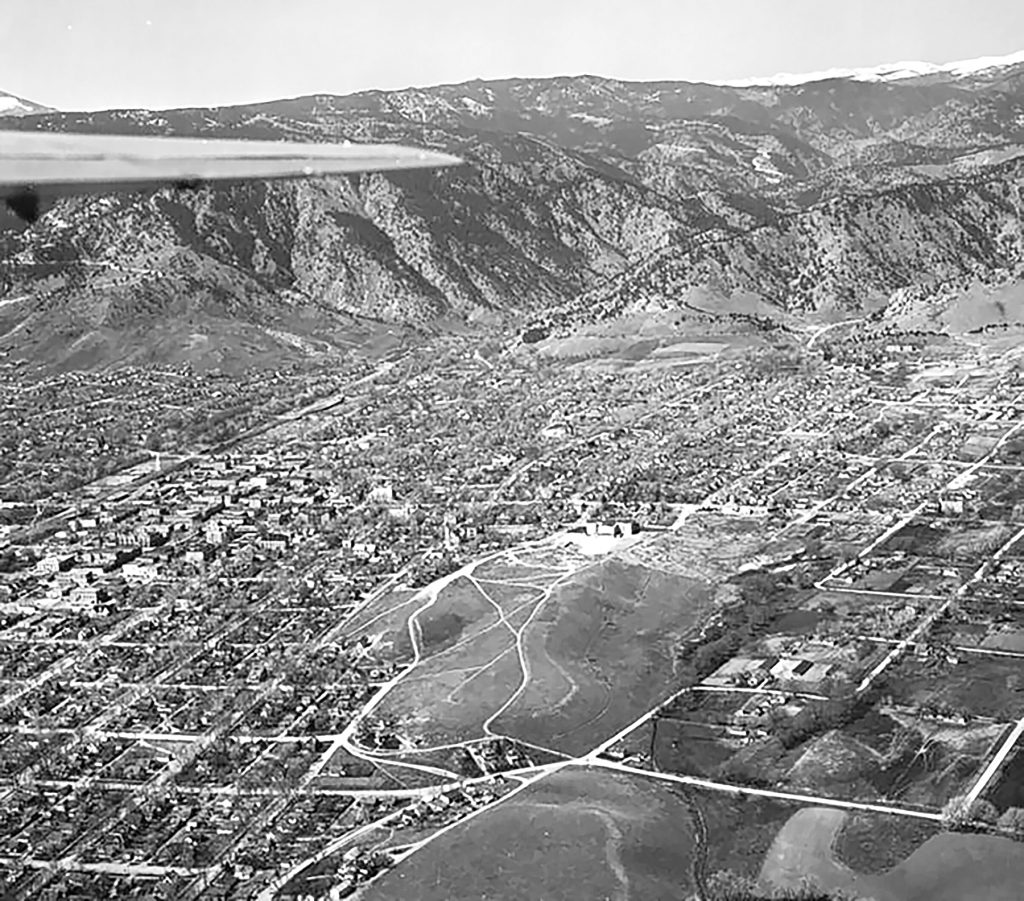
Courtesy: Carnegie Library for Local History
Boulder
I moved into the area fresh outta grad school, and I never left. 35 years! I haven’t been a Village Virgin since 1989.
There used to be a Buddhist monk who would walk around Boulder, beating a little hand drum to ward off evil spirits. You would see him on Table Mesa and then later in the day you would see him clear out in North Broadway. He did giant circles around Boulder almost every day.
Boulder used to have a resident breatharian who claimed all he needed to live was breathing. Len Barron would lecture at local grade schools dressed as Albert Einstein.
I lived on 11th Street, when JonBenét Ramsey was murdered. It was crazy how much traffic and how many people would drive by; they’d stop and ask do you know where — they didn’t even have to finish the sentence and we’d say, “One block up, four blocks over.” It was that way for a few years. We would sit around the dinner table and discuss the foibles of the Boulder Police Department, and that we didn’t believe Santa Claus killed her. Conversation centered around the belief that someone in that house did it, and there was a huge cover-up. This quiet, sleepy, little town made national news for all the wrong reasons. I found out years later that I knew someone on that grand jury, and they wanted to indict. They wouldn’t say who.
The McGuckin tent sale was our drought buster. We could have no rain for weeks or months, and as soon as there was going to be a tent sale, it was either going to rain or snow. It was like clockwork.
You could go to your local bike shop, and you would never knew which professional cyclist you would run into whether was David Phinney, Connie Carpenter, Andy Hampsten, Alexi Grewal and so many others. You would be out riding, and a pro would pass you. It didn’t matter who — they would say, “On your left.”
CU students used to put wheels on Lazy Boy loungers and race down 13th Street. Once, the students rioted on The Hill because they were upset (and drunk) about not being able to drink before they were 21. Many sofas were burned, and sofas are not allowed on porches to this day.
Rocky Flats protesters would sit along 93 at the entrance and bang their “bucket drums.” Seven days a week, till it was finally closed. Even in the rain, I would see them there. How ironic that there are houses nearby the old Rocky Flats. There used to be T-shirts that said “Rocky Flats Triathlon: Run, Row and Glow!”
And, of course, let’s not forget the patron saint of Boulder: the prairie dog!
— Rebecca Johnson, 35-year resident
(Disclosure: Rebecca is the sister of this article’s author and BW editor-in-chief Shay Castle. Her feedback was added to the online version of this article after initial publication.)
Didn’t see your town on the list? Were there things these folks left out? Email us your own answers, and we’ll add them to the online story: [email protected]
